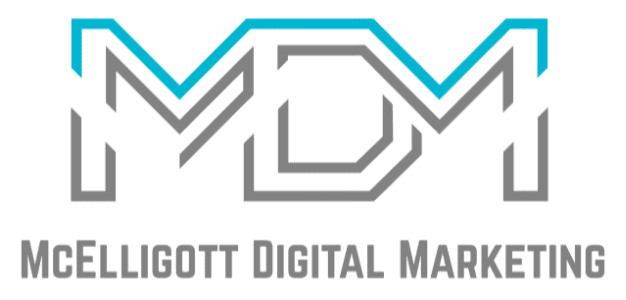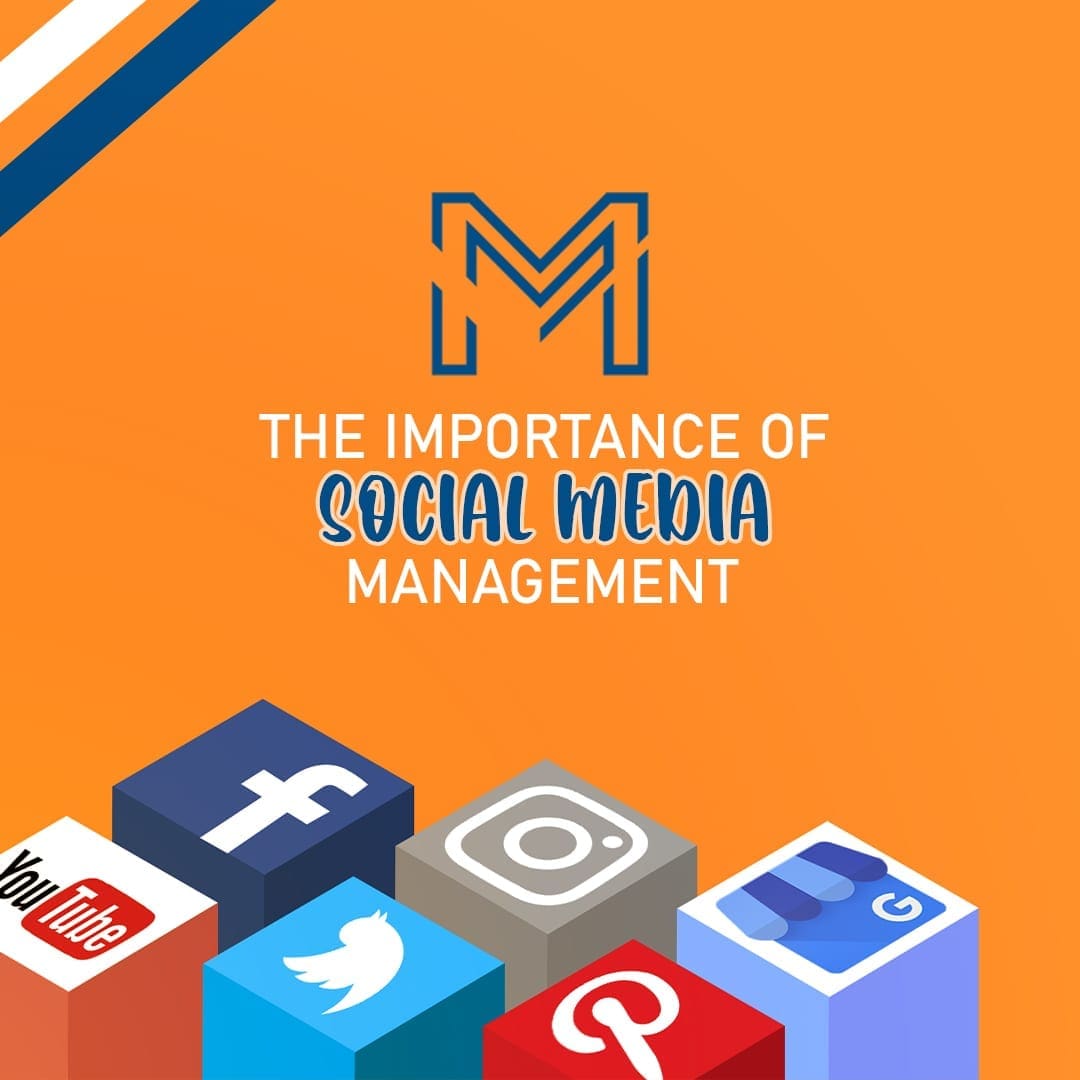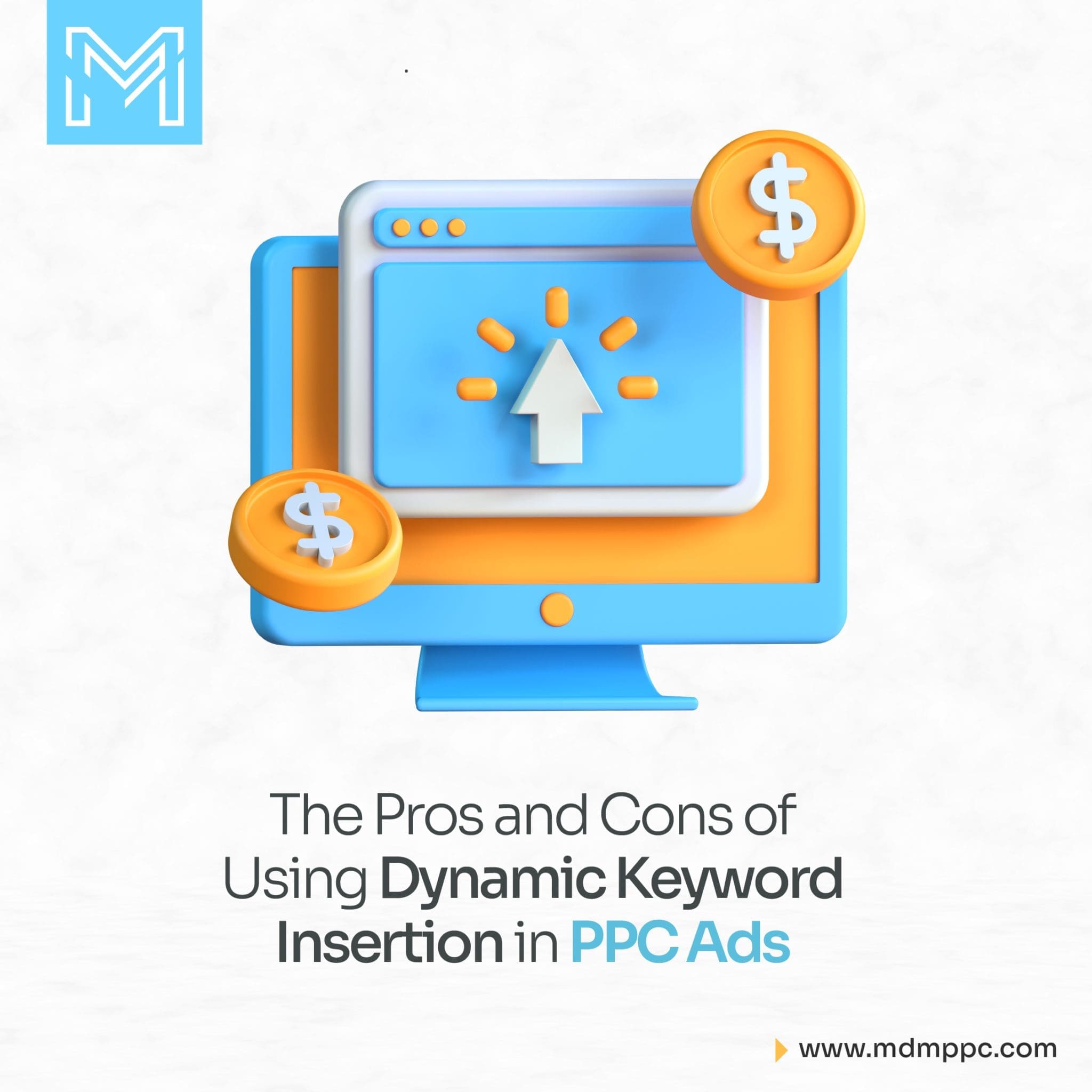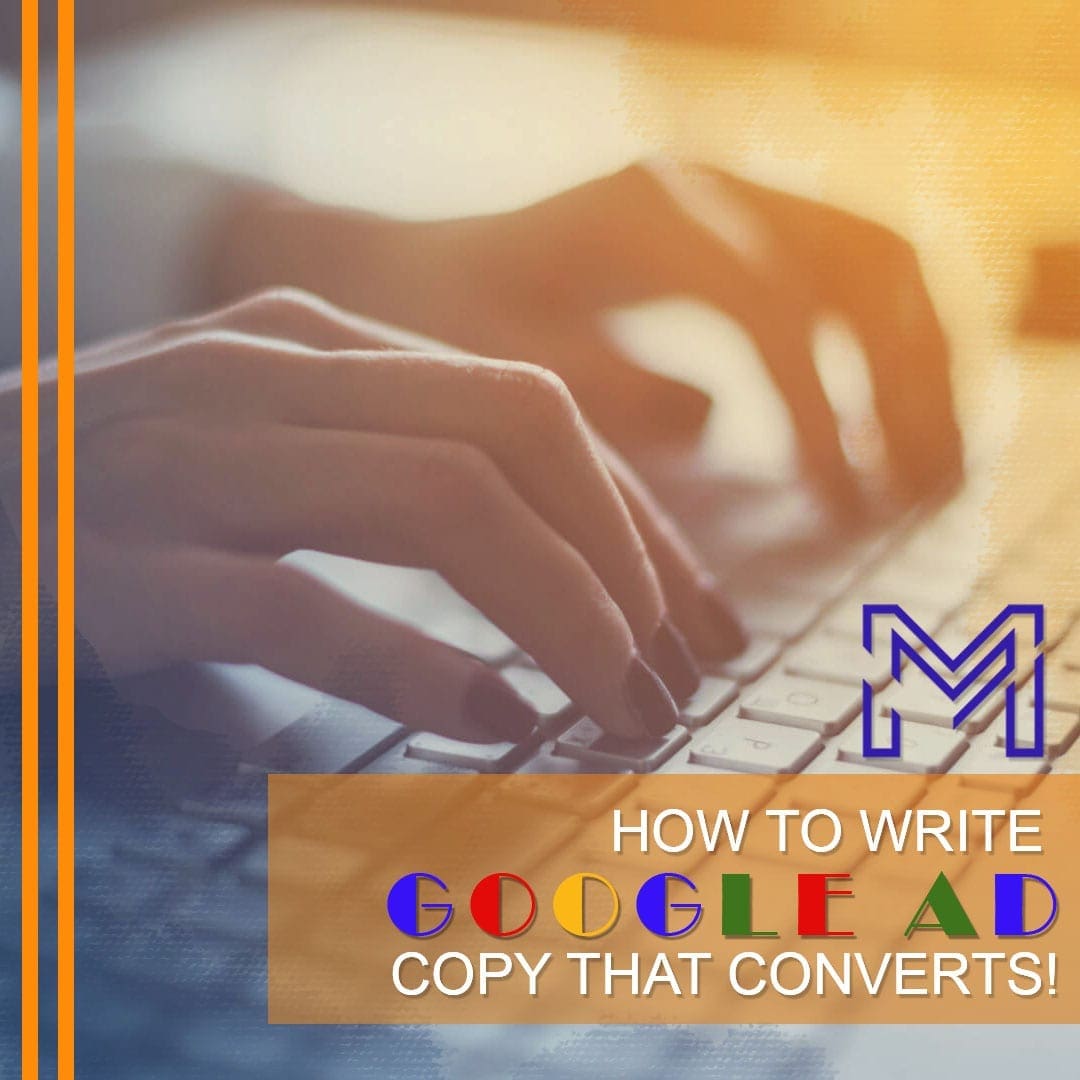Google Adwords is the easiest way to get your business at the top of SERPs ( search engine result pages) unless you are a huge brand with a heavy marketing budget.
I’ll be very clear from the beginning. Google Ads is not like advertising models based on impression- CPM (cost per thousand impressions), where you pay for the number of ad views.
Google Ads is concerned with PPC advertising based upon pay-for-performance. Here you pay only for results.
Pay only for clicks, sales, and leads. If not, you don’t pay. Cool?
If we talk about SEO, it may take months or even a year in many cases to bring your website to the first result page of the search engine.
Google Adwords gives you a walk-over.
With the proper management of Adwords, you can reach the #1 position on the search result page.
However, this is not the only reason.
With Adwords, you can launch your advertising campaign within an hour, and possibly land your new customer at the end of the hour!
But a mismanaged ad campaign can flush your marketing budget down the toilet and return nothing.
In this step-by-step guide, I’ll walk you through how to market your business with Google Adwords from scratch.
Buckle up. By the time you end up reading this blog, you might want to get up and run a new ad campaign.
Set up your first Google Ads campaign
Let’s move stepwise, creating your first Google ad campaign.
Go to Google Adwords and get started after signing into your Google account. Want to create a separate account? Set up one in just a few minutes.
This is how the page looks like.
IMAGE: main advertising goal. Source: Google Adwords
Do you see the Switch to Expert Mode button below? It is for the manual setup of the entire campaign. Don’t worry about the ‘expert’ thing here, even if you’re a beginner.
Expert mode allows you to have more control over your campaign.
#Step 1: Setting up
Here are the different categories of products or services with their campaign types.
Choose from the goals you want to achieve with your ad campaign.
- Sales- search, display, shopping, video, smart, discovery
- Leads- search, display, shopping, video, smart, discovery
- Website traffic- search, display, shopping, video, discovery
- Product and brand consideration – video
- Brand awareness and reach- display video
- App promotion- app
- Local store visits and promotions- local
Select your campaign type
Suppose you are in the painting business.
Two important things to be considered for your ad campaign are- the seasonality of your business and intent searches.
You’re looking for online visitors who intend to buy your product and search with relevant keywords. That’s why ad relevance is crucial.
Here we are going with a search campaign type to reach customers who are actively looking out for your painting business.
Search vs. Display campaigns
You have to set up a separate campaign to target each network. Display networks work when you are trying to attract shoppers across various websites and apps. It requires a whole different set of keywords.
Search networks help you to capture people who are actively searching for the products or services you offer. It is more effective here for you than the introduction-based goal achieved by the display network.
Select the ways to reach your goal
Do you want your customers to visit your website or get them to visit your store?
Or, as a painting business company, you prefer them to directly connect with you on call.
Painting businesses use both call-only ads and text ads with call extensions.
Choose a campaign name
Decide on a working campaign name that best describes what your business has to offer.
At a later stage, you might want to run multiple ads. That’s why it’s important to devise a relevant name for your campaign.
Select your target audience
You get to choose from the geographical locations of your target customers. This feature ensures that your ads are shown to the users searching for your product who are present only in that location specified by you.
With ‘radius targeting,’ this feature narrows down to even more cost-effective bids. Here your ads are shown to users within a certain radius from your zip code.
Further, you can choose the language.
In the audience section, you can search or browse to select the audience for your campaign.
Set your budget and bidding
Define a daily budget to prevent crossing your expenditure limits. To calculate your CPA ( cost per acquisition), you have to figure out the average conversion rate for your industry.
Set your average daily budget, choose your currency and bidding type ( click).
Click on Save and Continue to move on to your next step.
#Step 2: Set up ad groups
Ad groups
Each campaign can have one or more ad groups consisting of related keywords and a similar theme for the landing pages.
For example, in your ad campaign for painting services, an ad group can be dedicated to a particular paint and another to a different solvent.
That means both can be included in one campaign for the same budget and location.
Choose your keywords
Keywords are the search terms used by a user looking for your product on Google.
Adwords allows you to add or delete keywords so you can add around 15-20 keywords.
Choose keywords with high relevance with moderate search volumes.
Choosing keywords with high search volumes might be tempting, but it’s not a good idea. Moreover, high search volume keywords are expensive and could be a costly affair for your ad budget.
Keyword match types
Don’t waste your dollars on irrelevant search phrases.
There are 3 main keyword types to show your ads.
- Broad match
As the name suggests, broad matches will be displayed to be the users who search on relevant phrases and variations, misspellings, and synonymous words, singular and plural forms.
It is the default setting on your Adwords.
- Phrase match
Phrase match will trigger ads only when a search term is entered in the same order as your chosen keyword.
Suppose, if your chosen keyword is “painters Missouri,” your ads will not be displayed for ‘painters in Missouri’ because of that break in the keywords by ‘in.’ Also, the ads won’t appear to search for ‘Missouri painters’ because of the changed order.
Specify a phrase match by putting your keywords between quotations.
- Exact match
Your ads will show only for the exact search terms by the user as your chosen keywords. Your ad won’t show even for the search term ‘best painters Missouri’ if your chosen keyword is [painters Missouri].
Put your keywords in brackets for an exact match.
Use Negative keywords
Negative keywords are the terms that block your ads from appearing before irrelevant audiences.
If you add a minus sign before your keywords (-painters Missouri hire), your ad will not be displayed for users searching with’ painters Missouri hire.
#Step 4: Create ads
Writing the ad copy is one of the essential parts to create a compelling ad.
The headline of the ad and the CTA (call-to-action) is the key here. Your headline is the first thing that the user encounters and, further based on your call to action, engages with your ad.
Headline
People first catch up on your headline text, so try to use at least one of your selected keywords in the headlines.
You can add up to two headlines in an ad, where you can room only 30 characters for each to promote your product. Since there is a limited number of characters, use this space very carefully.
Display URL
Here you’re looking for the final URL, verification URL, and display path.
- The final URL is the address of your website page, where people are directed upon clicking on your ad. The domains of your final URL and display need to match, but this needn’t mean your path text has to be identical to the text of your final URL.
- Verification URL is an option measure to verify your number in the given ad.
- Display path gives your customer an idea about where they are going to land up when they click on your ad. It is a part of the URL displayed to the users when they see your ad. The text you add in this field describes the product in that ad in detail.
There are two optional fields, accommodating up to 15 characters each.
Description
This is the area where you highlight the details of your product.
Create a strong ‘ call-to-action’ to drive your customers to take action upon your ad. Attract your prospects by including a discount or an offer during the season.
Ensure that there are no misspellings or grammatical mistakes.
Take an example of description.
‘Protect Your Walls From Damages. Book Now and Get a Discount.’
#Step 4: Create a landing page
This is where your prospect ends up after they click your ad. Your display URL and landing page have the same domain.
The user experience of your landing page is a key factor as it helps to calculate a keyword’s Quality Score. It depends upon the relevancy of information and ease of navigation.
A good landing page boosts chances of conversions. Use the same call to action in your ads like the one on your landing page.
#Step 5: Set up billing
Enter your location, account type, billing address, payment method, etc. Double-check to ensure that you enter only the correct details.
Bingo! You have finished creating your first ad campaign. Congratulate yourself for holding on through this journey!
But the success of your ad campaign demands that you cannot relax yet. You have to consider some factors even after launching your ad.
Ad optimization
You have to analyze and improve your ad performance in these 3 areas here.
Adjust your bids
Earlier, I have made it clear that you can add, pause or replace your keywords. It is done to make your ad campaign cost-effective.
If your keywords are performing well and generating profit, you might want to increase the bids.
But if your keyword is performing poorly, you need to either lower your bids or block it completely.
Optimize your CTR
Your ad click-through rate plays a direct role in determining your Quality Score. You don’t want to pay for keywords having a low quality score.
Here you need to optimize your CTR through PPC testing to know the ad success based on clicks it gets.
Optimize your landing page
Use Google Optimize to test different versions of your landing page. The landing page which generates more conversions is your preferred one.
Quality Score
Google assigns a quality score to each keyword in an ad-based upon the ad’s performance.
Your quality score (QS) also determines where your ad will appear on the search result page.
It depends on your landing page’s relevance, that is, the relevancy of your keyword to the landing page, and the ad relevance that is how relevant your ad is to that given keyword.
The quality score also directly affects the amount you pay for each click on your ad.
Conclusion
Even if you have just started with a small business, acquiring new customers is something that Google Adwords can deliver. Not to add the X times ROI in a short period.
Whether you want to run an ad campaign on your own for a new business or established business, you might end up losing your ad budget without expert advice.
Here’s where McElligott Digital Marketing comes in with its experienced professionals to boost your website and constant support.
Why don’t you let us worry about your ad campaigns and conversions while you focus on your business!





